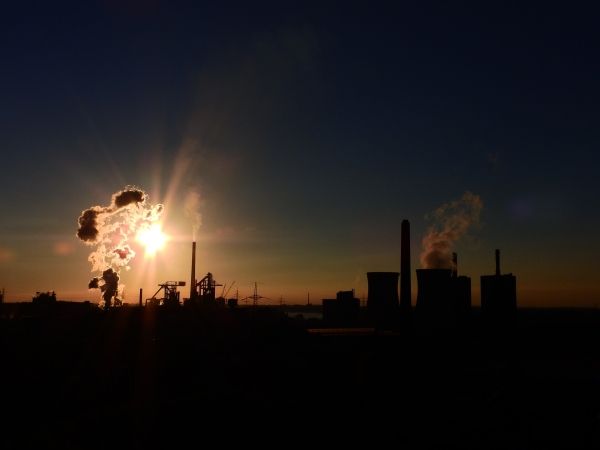The University of Surrey has revealed results from a new, comprehensive study that suggests that activities such as construction and vehicle traffic contribute significantly to the Delhi National Capital Region’s high concentrations of harmful air pollutants and gases.
According to the World Health Organisation, air pollution was estimated to cause nearly 4.2 million premature deaths worldwide in 2016. In India, around 600,000 deaths annually are attributed to air pollution, and some of the world’s highest levels can be found in Delhi city.
In a study published in Sustainable Cities and Society, a team led by Surrey’s Global Centre for Clean Air Research (GCARE) gathered and analysed four years of pollution data from 12 sites across Delhi, Haryana and Uttar Pradesh, with the aim of understanding how particulate matter (PM2.5 and PM10) and gases (oxides of nitrogen, sulphur dioxide, carbon monoxide and ozone) impact this area of India.
Despite the long-term nature of the study, the GCARE results show a clear trend with significantly higher levels of air pollutants in winter months than in summer or monsoon periods, with the exception of ozone levels. The high levels of fine and coarse particulate matter (PM2.5 and PM2.5-10)in winter months were attributed to fumes from crop burning upwind of Delhi and a likely increase in biomass burning for residential heating because most parts of the region do not have central heating systems.
Read more at University of Surrey
Image by Burkhard Lüling from Pixabay


